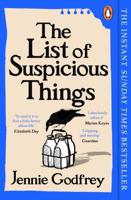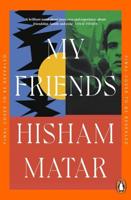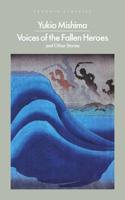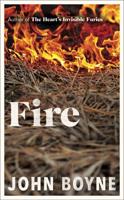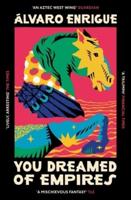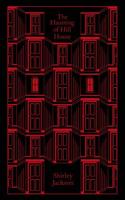Publisher's Synopsis
Daniel MacMillan (Scottish Gaelic: Dòmhnall MacMhaolain; 13 September 1813 - 27 June 1857) was a Scottish publisher from the Isle of Arran, Scotland. Life: Daniel MacMillan was born on 13 September 1813, in the Isle of Arran to a crofting family. Moving to London, he founded Macmillan Publishers, with his brother Alexander. In 1833, he came to London to work for a Cambridge bookseller. In 1844, he decided to expand into the publishing business. Macmillan, with the recommendation of his brother Alexander, sent George Edward Brett to open the first American office in New York. He died at Cambridge on 27 June 1857. He is buried in the Mill Road cemetery, Cambridge. Family He married, on 4 September 1850, Frances, daughter of a Mr Orridge, a chemist in Cambridge. They had two sons, Frederick (born 1851) and Maurice Crawford Macmillan (1853-1936). Maurice married Helen (Nellie) Artie Tarleton Belles (1856-1937), and their son Maurice Harold Macmillan became Prime Minister........... Thomas Hughes QC (20 October 1822 - 22 March 1896) was an English lawyer, judge, politician and author. He is most famous for his novel Tom Brown's School Days (1857), a semi-autobiographical work set at Rugby School, which Hughes had attended. It had a lesser-known sequel, Tom Brown at Oxford (1861). Hughes had numerous other interests, in particular as a Member of Parliament, in the British co-operative movement, and in a settlement in Tennessee reflecting his values. Early life Hughes was the second son of John Hughes, editor of the Boscobel Tracts (1830) and was born in Uffington, Berkshire (now Oxfordshire). He had six brothers, and one sister, Jane Senior who later became Britain's first female civil servant. At the age of eight he was sent to Twyford School, a preparatory public school near Winchester, where he remained until the age of eleven. In February 1834 he went to Rugby School, which was then under the celebrated Thomas Arnold, a contemporary of his father at Oriel College, Oxford. Hughes excelled at sports rather than in scholarship, and his school career culminated in a cricket match at Lord's Cricket Ground. In 1842 he went on to Oriel College, and graduated B.A. in 1845. At Oxford, he played cricket for the university team in the annual University Match against Cambridge University, also at Lord's, and a match that is still now regarded as first-class cricket. Legal career Hughes was called to the bar in 1848, became Queen's Counsel in 1869 and a bencher in 1870. He was appointed to a county court judgeship in the Chester district in July 1882. Works While living at Wimbledon, Hughes wrote his famous story Tom Brown's School Days, which was published in April 1857. He is associated with the novelists of the "muscular school", a loose classification but centred on the fiction of the Crimean War period.Although Hughes had never been a member of the sixth form at Rugby, his impressions of the headmaster Thomas Arnold were reverent. Hughes also wrote The Scouring of the White Horse (1859), Tom Brown at Oxford (1861), Religio Laici (1868), Life of Alfred the Great (1869) and the Memoir of a Brother. His brother, George Hughes, was the model for the Tom Brown character..............


